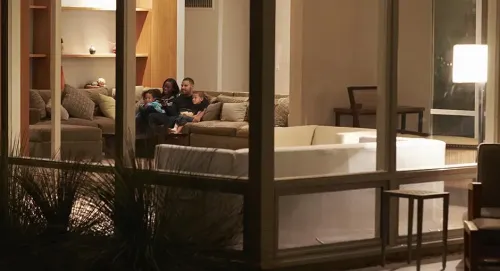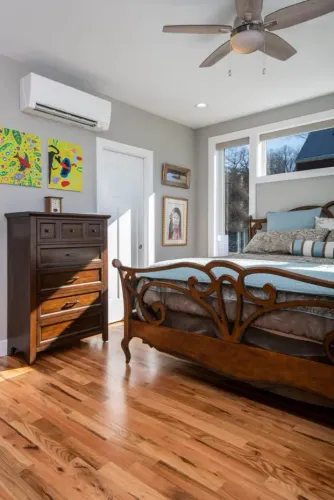Winter puts heavy demands on homes, as well as on homeowners who want to keep their houses warm without soaring energy bills. Homeowners should winterize their homes in preparation for the cold months. Winterization takes place both inside and outside, and while there are many steps a homeowner can take, three stand out as the most crucial.
1. Install Insulated Windows
Insulated windows provide two benefits: they prevent heat from escaping outside, and they create a warmer window surface inside. This makes well-insulated windows far less drafty and prone to problems with condensation, which occurs when moist, warm inside air touches a cold surface. The best windows have a low U-factor (which measures level of insulation) and a high R-factor (which measures resistance to heat transfer).
It is important to consider these measurements for the entire window. The edges and frames of a window almost always transfer more heat, so some manufacturers list the "center window" rating of their windows, which can be misleading. The National Fenestration Rating Council provides an energy rating that takes the entire window surface into consideration.
2. Use The Correct Insulation For The Right Part Of The Home
Homeowners can make their homes more comfortable while lowering their energy bills by using the right insulation for the right application in preparation for winter. But installing insulation is not the time to pinch pennies with a do-it-yourself project. When inexperienced homeowners attempt to take on the task themselves, they're likely make small mistakes that can result in gaps and leaks, which often go unnoticed.
There are many kinds of insulation, but the most common are:
- Batt-and-roll insulation, which is usually made of fiberglass and is fluffy to the touch (although it shouldn't be touched with bare hands). It is sold in large rolls and is ideal for filling spaces between wall studs, such as in attics.
- Loose-fill insulation, which is designed for areas with no foot traffic, such as the spaces between floor and ceiling joists or crawl spaces.
- Spray-foam insulation, which is sprayed on and expands to make an airtight seal. It is great for hard-to-reach spaces and awkward or small openings.
3. Winterize Water Lines and Air Conditioners
When water freezes and expands, it can create problems in many of the home's water-bearing systems, but the solution is fairly simple. Switch off your air conditioner's water shut-off valve, if it has one. Next, drain your air conditioner's hoses and pipes and make sure that no water has pooled inside the equipment. If you have window units, remove them for the winter and seal the window at the edges. Turn off spigots outside and make sure outside hoses are drained and stored.
Hiring professionals to install the right windows and insulation can go a long way to winterizing a home. But it's up to the homeowner to drain, shut off and store any systems that use water.
With a modest expense and minimal effort, a winterized home will pay dividends down the line.









